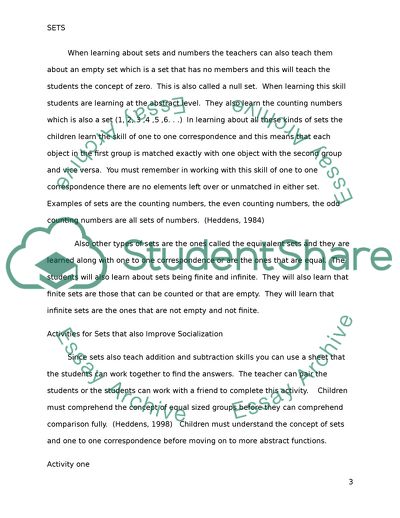Cite this document
(Math and Science for Young Children Report Example | Topics and Well Written Essays - 1250 words, n.d.)
Math and Science for Young Children Report Example | Topics and Well Written Essays - 1250 words. https://studentshare.org/education/1793343-development-of-technology-based-resource-for-teaching-mathematics
Math and Science for Young Children Report Example | Topics and Well Written Essays - 1250 words. https://studentshare.org/education/1793343-development-of-technology-based-resource-for-teaching-mathematics
(Math and Science for Young Children Report Example | Topics and Well Written Essays - 1250 Words)
Math and Science for Young Children Report Example | Topics and Well Written Essays - 1250 Words. https://studentshare.org/education/1793343-development-of-technology-based-resource-for-teaching-mathematics.
Math and Science for Young Children Report Example | Topics and Well Written Essays - 1250 Words. https://studentshare.org/education/1793343-development-of-technology-based-resource-for-teaching-mathematics.
“Math and Science for Young Children Report Example | Topics and Well Written Essays - 1250 Words”. https://studentshare.org/education/1793343-development-of-technology-based-resource-for-teaching-mathematics.


